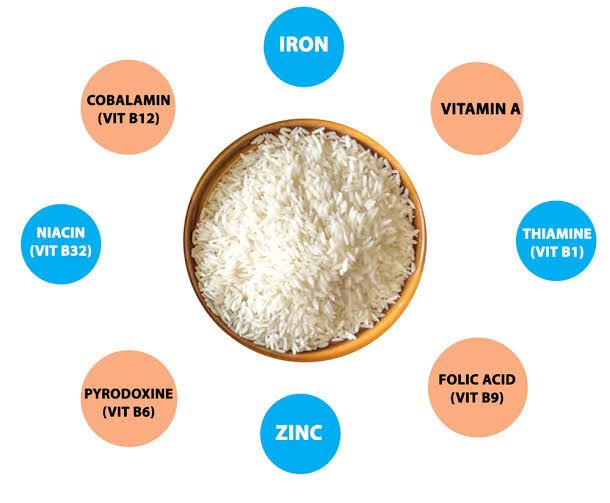China’s one child policy (OCP) was conceived by Senior Leader Deng Xiaoping in 1979. The first day of 2016 marks the end of China’s controversial one-child policy.
Are the chinese family free now from any sanctions?
No, families still require government-issued birth permits, or face the sanction of a forced abortion, couples in China can now request to have two children.
Couples breaking the law have been penalised by losing state benefits, being fined or even sterilised but the country’s ageing population, coupled with one of the lowest birth rates in the world, have prompted the change in policy.
Average birth rate in China has fallen to 1.6 births per woman (National Bureau of Statistics of China) in 2017, though the unofficial figures put it as low as 1.05 and much less than the population replacement rate of 2.1(This birth rate for India is 2.24 while for USA it is 1.77).
The proportion of China’s population aged above 65 years would increase from 10% in 2010 to 32.6% in 2050 (corresponding figures for India are 5.6% and 14.2% and the U.S. 14.6% and 23.2%).
Its labour force (ages 20-64) will reduce from about a billion in 2017 to 787 million by 2050. Thus, China will be a country dominated progressively by older people in the coming years.
Despite the raising of the limit to two children in 2016, the number of newborns has not improved and slipped to the pre-2016 level. The one child policy has changed China’s child-bearing attitudes for the worse as many young couples do not want to have two babies for economic and lifestyle reasons.
If China can stabilise its fertility rate at 1.2, its population will fall to 1.07 billion in 2050 and 480 million by 2100.
Effects of Aging Population
The aging population will have a multi-dimensional impact. China will need huge expenditures on health, social welfare and pensions; its savings rate will decline; a fall in the number of young people will lead to a decline in manufacturing, exports, and also mean lower revenues for government. With its annual per capita income at $10,000, increasing population of older people and slowing economic growth rates, China will get old before reaching the levels of rich countries like the United States, Singapore, Japan and others. China’s armed forces are already struggling as many one child policy children are often misfit for fighting in tougher conditions.
Way Forward
Developed countries have reduced the impact of declining population by raising the total factor productivity (TFP) growth (ratio of output versus cost of inputs per hourly basis).
China has already availed its rapid TFP growth by shifting its large population of migrant workers from agriculture to manufacturing and reforms in state-owned enterprises, housing and other sectors (China’s TFP grew by 5% annually in 1980s, 7% during 1991-95, 4% from 1995 to 2010 and 2% from 2010-2015, before declining to lower levels afterwards).
In improvement of China’s human resources, there are big variations in high school pass rates of urban (90%) and rural children (24%). This huge gap will be an inhibiting factor in raising TFP. In the last 70 years, only 15 countries have managed to climb from middle to high income status, e.g. Singapore, South Korea, Taiwan, others and all of them had skilled their workforces with three quarters or more of their working population having completed high school.
Mr. Xi’s plans for augmenting TFP and high economic growth through induction of emerging technologies such as 5G, artificial intelligence and rapid urbanisation will not succeed in the absence of much-needed reforms in economy, governance and the education system.
Also, China’s aggressive policy towards their neighour will create a hostile environment in the coming years, which will further constrain cooperation in new technologies.
Also refer :









